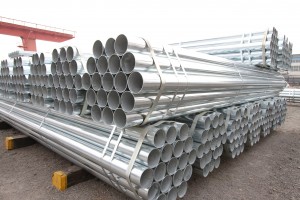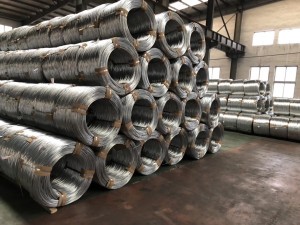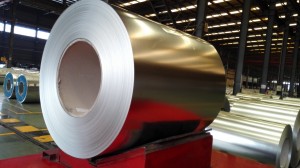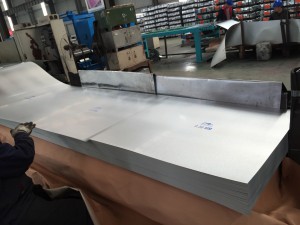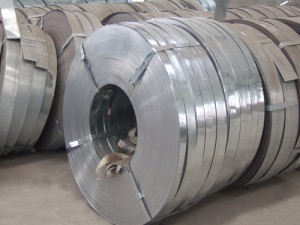Hot Dipped Galvanizing Process is a process of coating a metal surface with a layer of zinc to prevent corrosion. This process is particularly suitable for steel and iron materials, as it effectively extends the life of the material and improves its corrosion resistance. The general process of hot-dip galvanizing includes the following steps:
1. Pre-treatment: The steel material is first subjected to surface pre-treatment, which usually includes cleaning, degreasing, pickling and flux application to ensure that the metal surface is clean and free from impurities.
2. Dip Plating: The pre-treated steel is immersed in a molten zinc solution heated to approximately 435-530°C. The steel is then dipped into a molten zinc bath. At high temperatures, the steel surface reacts with the zinc to form a zinc-iron alloy layer, a process in which the zinc combines with the steel surface to form a metallurgical bond.
3. Cooling: After the steel is removed from the zinc solution, it needs to be cooled, which can be achieved by natural cooling, water cooling or air cooling.
4. Post-treatment: The cooled galvanized steel may require further inspection and treatment, such as removal of excess zinc, passivation to improve corrosion resistance, and oiling or other surface treatments to provide additional protection.
Properties of hot-dip galvanized products include excellent corrosion resistance, good workability and decorative properties. The presence of a zinc layer protects the steel from corrosion through the action of a sacrificial anode, even when the zinc layer is damaged. In addition, the process of hot-dip galvanizing layer formation involves the formation of a zinc-iron alloy phase layer by dissolution of the iron base surface by the zinc solution, the further diffusion of zinc ions in the alloy layer into the substrate to form a zinc-iron intercalation layer, and the formation of a pure zinc layer on the surface of the alloy layer.
Hot-dip galvanizing is used in a wide range of applications, including building structures, transportation, metallurgy and mining, agriculture, automobiles, household appliances, chemical equipment, petroleum processing, marine exploration, metal structures, power transmission, shipbuilding and other fields. Standard specifications for hot-dip galvanized products include the international standard ISO 1461-2009 and the Chinese national standard GB/T 13912-2002, which specify the requirements for the thickness of the hot-dip galvanized layer, the dimensions of the profile and the surface quality.
Hot-dip galvanized products show
Hot Dipped Galvanized Steel Wire
Hot Dipped Galvanized Steel Coil
Post time: Jul-01-2025


